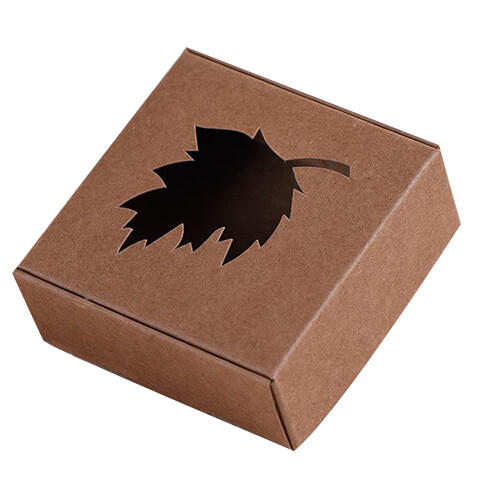
Looking for sustainable solutions for soap packaging? Look no further! In this article, we’ll guide you through six innovative solutions that are both eco-friendly and practical.
From biodegradable packaging to compostable alternatives, we’ve got you covered. Discover how recycled paper and other environmentally friendly materials can transform the way you package your soap.
Say goodbye to harmful plastics and hello to a greener future for your soap products. Let’s dive in and make a difference together!
Key Takeaways
- Biodegradable soap packaging options include plant-based plastics, paper-based packaging, compostable packaging made from bamboo or mushroom mycelium, which reduces environmental impact and waste.
- Recycled paper soap packaging is an eco-friendly solution that reduces demand for new paper production, minimizes waste, and conserves natural resources. It can also be easily recycled, creating a closed-loop system.
- Compostable soap packaging alternatives include cornstarch-based packaging, mushroom packaging, seaweed-based packaging, and plant-based cellulose packaging. These options are biodegradable and compostable, providing natural moisture barriers.
- Using eco-friendly soap packaging materials such as recycled paper or cardboard, biodegradable or compostable materials, and renewable resources like bamboo, helps reduce waste and supports the recycling industry.
Biodegradable Soap Packaging Options
Explore the various biodegradable options available for soap packaging.
With the increasing demand for eco-friendly packaging, it’s important to consider sustainable alternatives.
One option is biodegradable plastic made from plant-based materials such as cornstarch or sugarcane. This type of packaging can break down naturally, reducing the environmental impact.
Another option is paper-based packaging, which is recyclable and biodegradable. It offers a great alternative to traditional plastic packaging.
Additionally, there are compostable packaging options made from materials like bamboo or mushroom mycelium. These materials can be broken down into organic matter, making them an ideal choice for those looking to minimize waste.
Recycled Paper Soap Packaging
When considering sustainable soap packaging options, recycled paper is a viable choice that builds upon the previous discussion.
Recycled paper soap packaging is an eco-friendly solution that reduces the demand for new paper production and minimizes waste. By using recycled paper, you can help conserve natural resources and reduce the carbon footprint associated with soap packaging.
This packaging option is versatile, allowing for various designs and sizes to accommodate different soap products. Additionally, recycled paper can be easily recycled again after use, creating a closed-loop system that promotes sustainability.
To further enhance the eco-friendliness of recycled paper soap packaging, you can opt for soy-based ink for printing labels and designs.
Compostable Soap Packaging Alternatives
To find a truly sustainable solution for soap packaging, consider using compostable alternatives. These alternatives are designed to break down into natural materials, minimizing waste and environmental impact. Here are four compostable soap packaging alternatives to consider:
- Cornstarch-based packaging: Made from renewable resources, this packaging is biodegradable and compostable. It offers good protection for the soap and breaks down easily in compost.
- Mushroom packaging: Made from agricultural waste and mycelium, this packaging is fully compostable and can be home composted. It’s lightweight, durable, and can be molded to fit any soap shape.
- Seaweed-based packaging: Made from seaweed extracts, this packaging is biodegradable and can be composted at home. It provides a natural barrier to moisture and offers a unique, eco-friendly option.
- Plant-based cellulose packaging: Made from renewable plant fibers, this packaging is fully compostable and breaks down quickly. It’s strong, lightweight, and offers good protection for the soap.
Eco-Friendly Kraft Soap Packaging Materials
Consider incorporating eco-friendly soap packaging materials into your sustainable packaging solutions.
By opting for environmentally friendly materials, you can significantly reduce the negative impact of soap packaging on the planet. One option is to use recycled paper or cardboard for soap boxes, which not only reduces waste but also supports the recycling industry.
Another option is to use biodegradable or compostable materials, such as plant-based plastics or cellulose-based materials, which break down naturally without harming the environment.
Additionally, you can explore packaging alternatives like bamboo, which is a renewable resource that grows quickly and requires fewer resources to produce.
By choosing eco-friendly soap packaging materials, you can contribute to a more sustainable and greener future.
Now, let’s delve into the next section to explore sustainable soap packaging innovations.
Innovative Sustainable Solutions For Soap Packaging
To further enhance the sustainability of soap packaging, explore innovative solutions that minimize environmental impact. Consider the following sustainable soap packaging innovations:
- Water-soluble packaging: Some companies are developing soap packaging that dissolves in water, reducing waste and eliminating the need for disposal.
- Refillable containers: Offering refillable soap containers encourages customers to reuse packaging and reduces the amount of single-use plastic waste.
- Biodegradable materials: Using biodegradable materials for soap packaging, such as plant-based plastics or compostable materials, ensures that packaging breaks down naturally and reduces environmental harm.
- Minimalist design: Simplifying soap packaging with minimalist designs reduces the amount of material needed, leading to less waste and a smaller environmental footprint.

